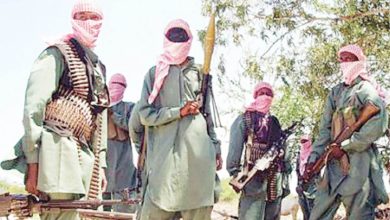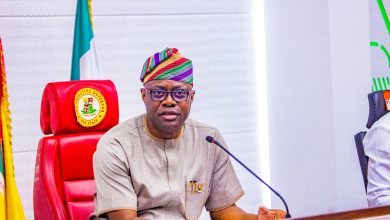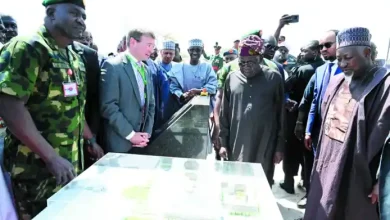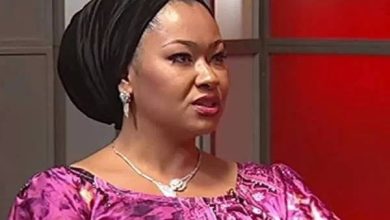North Becomes Tinubu’s Launch Pad for Education and Human Capital Renewal
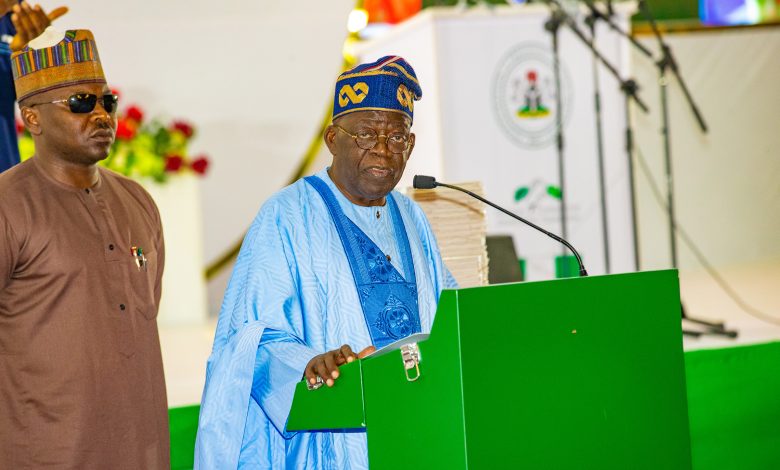
Over the past two years, Hassan Mustapha has written about the many educational initiatives of the central government of President Bola Tinubu to revitalize human capital development, particularly in Northern Nigeria.
Data are sacred. Opinions are not restricted.
In Northern Nigeria, severe underfunding, poor enrollment, and systemic and cultural constraints have affected education for many years.
A quiet but steady transformation is taking place under President Bola Tinubu, though, and it might be reshaping the region’s educational future.
More than 396,000 Nigerian students currently receive financial aid for their tuition and maintenance thanks to Asiwaju Tinubu’s groundbreaking creation of the national student loan scheme. Many people might not be aware that the majority of the young Nigerians who benefit from the program are students from northern Nigeria, who make up over 55% of the total beneficiary pool and, consequently, more than N45 billion of the N77 billion that the NELFUND has already disbursed.
This historic initiative reduces the immediate financial burden on low-income households throughout the federation and prepares the youth for full participation in the knowledge-based national economy of the future. However, President Tinubu’s massive legacy has diverted attention from a number of other silent reforms and mass-scale developments in Northern education that took place during his tenure and will put the region’s students on par with their peers worldwide.
A well-known adage states that a thing is only as strong as its weakest component. Northern Nigeria’s long-standing developmental quagmire has made access to and the quality of education there one of its most important and unsolvable problems.
President Tinubu is now resolved to transform another liability into a significant national asset, much like the threat posed by the Atlantic’s roaring waves and approaching seas on Lagos’ shoreline.
In Northern Nigeria, Tinubu’s administration is constructing the foundation for an inclusive, cutting-edge, and resilient education system by addressing the issue of out-of-school children, creating skill development centers, and updating policy frameworks.
Education in the North was in a vulnerable position before to 2023. The region was home to more than 66% of the estimated 10.5 million out-of-school youngsters in the nation. The Almajiri system was not supervised or integrated into the official educational system. Particularly for girls and children living in rural areas, poverty, instability, and traditional norms further discouraged school attendance. Deficits in infrastructure, out-of-date curricula, and teacher capacity exacerbated the issue.
Even though these issues were inherited, President Tinubu’s administration chose structural reform over band-aid solutions. Investment in infrastructure has seen some of the most noticeable changes. In all senatorial districts, more than 120 learning centers have been set up; many of them have furniture, safe water systems, and solar power, which is a first step toward functional learning spaces.
With the help of UBEC, 101 Almajiri schools were constructed or renovated, and new integrated Tsangaya education centers were established throughout the states of Kano, Niger, Kaduna, and Bauchi.
The administration’s National Commission for Almajiri and Out-of-School Children Education (NCAOOSCE) was created to coordinate these initiatives. A Technical Working Group (TWG) for strategic reform has already been established by the Commission, and the first draft of a national strategy on Almajiri education has been created.
In order to make education a route to wellness rather than merely literacy, the Federal Ministry of Health has proposed the Almajiri Health Scheme, which would offer health insurance to youngsters enrolled in school.
Tinubu’s approach is centered on two historic projects: NESRI and DOTS. The National Education System Reform Initiative (NESRI) promotes structural change in curricula, learning outcomes, and school administration, while DOTS concentrates on data, out-of-school children, teacher preparation, and skill development.
Although the Senior Secondary and NCE curricula are being reviewed, these frameworks resulted in the creation of a new Basic Education curriculum. To accelerate the development of teachers, federal institutes of education implemented a dual-mode delivery system for the NCE and B.Ed. There have been workshops on curriculum review in Kaduna and Kano, and more than 450 Tsangaya teachers have received training, including 200 in Bauchi and 250 in Niger.
Additionally, adjustments were made to the UBEC Matching Grant Formula to increase flexibility and tie payouts to quantifiable performance, which improved budget use and supported digital learning, quality assurance, and EMIS (Education Management Information Systems).
The TVET Transformation Initiative of President Tinubu is notable for its emphasis on practicality. Training in solar installation, electrical work, creative media, digital gear repair, hospitality, agriculture, and other fields is offered by this 24-priority trades training program. This initiative’s Digital Training Academy is especially aimed at young people in underprivileged areas, such as the North.
From Social Media Communication to Automobile CNG Conversion, the program covers both local employability and worldwide relevance in addition to technical topics. In addition, the 3MTT (3 million technical talent) program aims to develop a workforce that is proficient in digital technologies in all 774 LGAs, including the rural regions of Katsina, Sokoto, and Borno.
Additionally, the STEMM Advancement Initiative strengthens Nigeria’s scientific and health workforce. We upgraded the infrastructure of 18 medical schools located in all six geopolitical zones. In 2025, there were 114,030 nursing students, up from 81,480 in 2023, and there were 342 recognized nursing schools, up from 294.
Six universities were chosen to benefit from a strategic agreement with the EU that also funds pharmaceutical research and domestic vaccine manufacturing.
Education for girls has significantly improved under Tinubu’s leadership, closing a long-standing disparity in Northern Nigeria. In order to reach 18 states countrywide, the AGILE initiative (Adolescent Girls Initiative for Learning and Empowerment) was extended to 11 additional states.
Read Also: EFCC’s Property Forfeiture Order Against Yahaya Bello Reinstated by Court
Furthermore, LUMINAH 2030, a novel program centered on girls, was introduced in 12 pilot states (two in each geopolitical zone) with the aim of reducing gender gaps in schooling and establishing support networks for girls in marginalized communities.
Beyond tangible initiatives, the government has spearheaded daring policy changes. Significant advancements in teacher preparation and school system enhancements have already been made since the establishment of the Quality Education Learning Outcomes Council (QELOC) in March 2025. A national leadership curriculum was designed for school heads, and five EduRevamp modules and a new National Teacher Training Framework were created to help them gain 21st-century abilities.
To enhance the welfare of students, the Ministry also unveiled the National Anti-Bullying Policy in 2025, along with implementation recommendations. In the meanwhile, the government hopes to improve access, learning, and system-wide efficiency by assisting over 65,000 schools, 500,000 instructors, and 29 million pupils through the HOPE-EDU program.
President Tinubu’s reforms in education stand out as one of the most planned and calculated changes in the region’s history, despite the fact that it is frequently overlooked.
The administration’s emphasis on developing human capital is gradually changing the tale of education in the north, from focused interventions in the Almajiri system to extensive vocational training and legislative changes.
The president’s deliberate educational engagement has brought classrooms back to life—not just with children, but with a purpose. The president’s statement that his objective is to “make education work for all, not some,” as some of his most ambitious and narrow-minded detractors have falsely claimed, is consistent with this.

